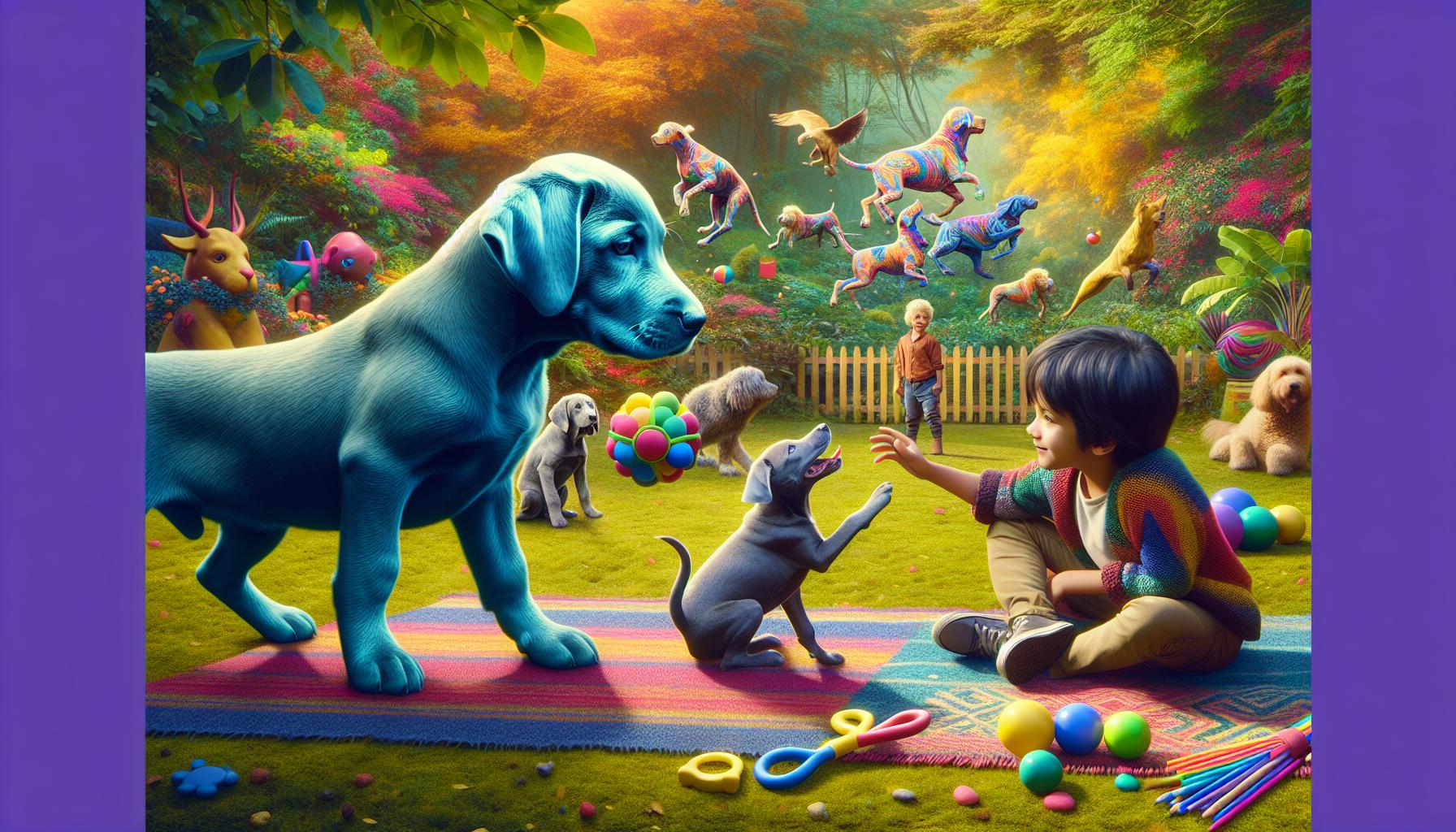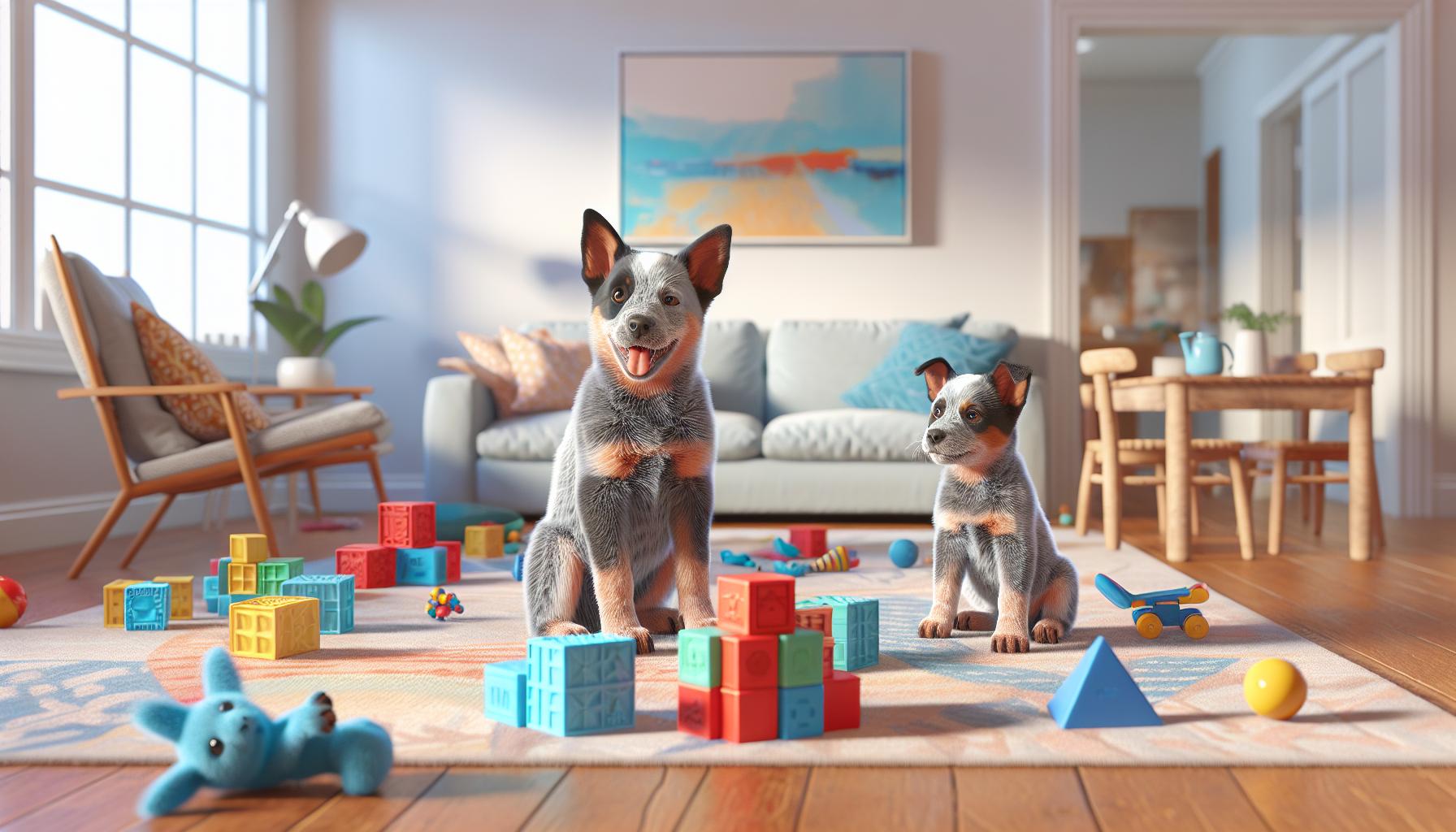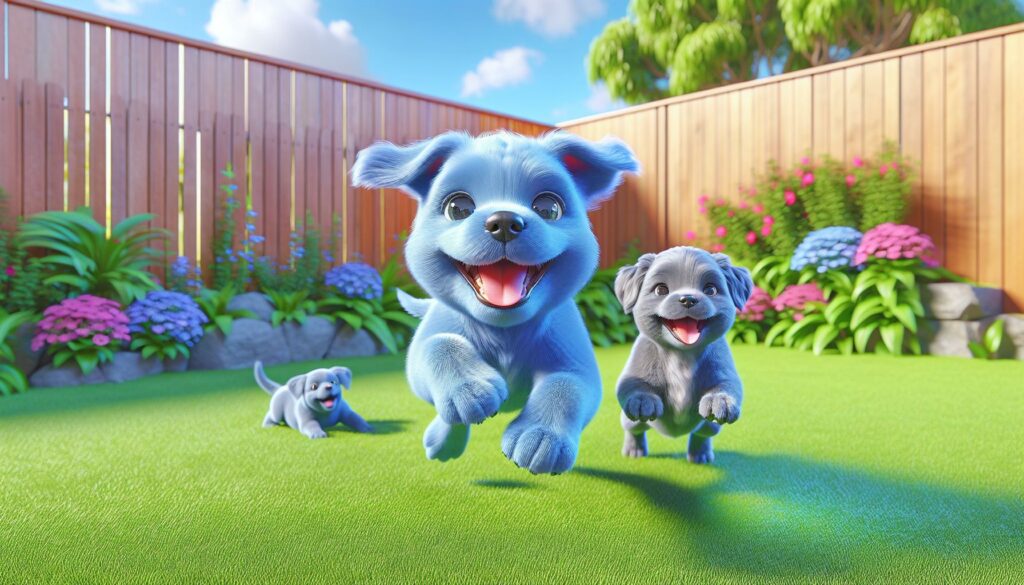As a huge fan of animated shows, I’ve found that few capture the essence of family life quite like Bluey. This delightful Australian series follows a lovable Blue Heeler puppy and her adventures with her family. It’s not just entertaining; it brilliantly explores themes of imagination, play, and the bonds that hold us together.
What sets Bluey apart is its relatability. Each episode dives into everyday scenarios that resonate with both kids and parents. The vibrant animation and heartwarming storytelling make it a standout in the world of children’s programming. Join me as I delve into what makes Bluey such a beloved show and why it’s become a staple in many households.
Key Takeaways
- Relatable Family Dynamics: “Bluey” effectively portrays the intricacies of family life, showcasing relatable scenarios that resonate with both children and parents.
- Imaginative Play: The series emphasizes the significance of creativity and pretend play, encouraging children to explore ideas and develop problem-solving skills through playful interactions.
- Diverse Character Representation: Each character in “Bluey” contributes unique perspectives, fostering inclusivity, teamwork, and essential values such as friendship and cooperation.
- Visually Captivating Animation: The vibrant colors and detailed animation draw in viewers, creating an engaging and welcoming atmosphere that enhances storytelling.
- Critical Acclaim and Viewer Connection: The show has received numerous awards and positive reviews, appealing to a diverse audience and strengthening familial bonds through shared viewing experiences.
Animation:2hdwgid6kxe= Bluey
“Bluey” is an acclaimed animated series that centers on the everyday life of a Blue Heeler puppy named Bluey. Each episode showcases Bluey’s imaginative adventures with her family, including her dad Bandit, her mom Chilli, and her younger sister Bingo. The show effectively captures relatable family dynamics and the intricacies of parenting, making it enjoyable for both children and adults.
The animation features bright colors and detailed backgrounds that enhance the viewing experience. The visual style complements the show’s heartwarming stories, drawing viewers into Bluey’s world. Each episode promotes creativity and problem-solving, often through playful interactions between the characters.
Animation:2hdwgid6kxe= bluey stands out for its authentic portrayal of family life, enabling parents and children to connect over shared experiences. Its universal themes, such as friendship, cooperation, and empathy, resonate widely, contributing to the show’s popularity. The series cultivates a sense of nostalgia while introducing new generations to the joys of imaginative play.
With a diverse range of characters and engaging storylines, “Bluey” continues to captivate audiences, making it a beloved addition to children’s television.
Character Analysis

“Bluey” features a range of characters that bring the stories to life, each contributing to the show’s charm and relatability. Through their interactions, the series highlights essential values and lessons for both children and parents.
Main Characters
- Bluey: The titular Blue Heeler puppy, full of energy and imagination. Bluey leads her friends and family on adventurous play schemes that highlight creativity and problem-solving in playful scenarios.
- Bingo: Bluey’s younger sister, often portrayed as the heart of the family. Bingo’s innocent perspective provides humor and warmth, reflecting typical sibling dynamics and the joys of imaginative play.
- Bandit: Bluey’s father, known for his playful nature and active involvement in the children’s games. Bandit embodies the ideal balance of fun and responsibility, illustrating modern parenting trends.
- Chilli: Bluey’s mother, who showcases nurturing qualities while maintaining a playful spirit. Chilli’s character emphasizes the importance of parental support and understanding within family life.
- Coco: A close friend of Bluey, who adds diversity to the group dynamics. Coco often introduces unique ideas and perspectives, promoting teamwork among her peers.
- Snickers: Another friend who represents a different family background. Snickers illustrates inclusion and acceptance as the characters navigate their adventures.
- Frisky: A playful character who frequently joins the group. Frisky’s role enhances the themes of friendship and collaboration, making every game engaging and relatable.
- Lucky: Bluey and Bingo’s friend, who showcases bravery in imaginative play. Lucky contributes to lessons on courage and cooperation, enriching the storyline.
The characters in “Bluey” stand out for their authenticity and relatability, allowing viewers to connect with their adventures in various ways.
Themes and Messages

“Bluey” explores vital themes and messages relevant to both children and parents. The series captures the essence of family dynamics and the importance of creativity and imagination in everyday life.
Family Dynamics
Family dynamics play a central role in animation:2hdwgid6kxe= bluey. The interactions among Bluey, Bingo, Bandit, and Chilli showcase a balanced mix of playfulness and responsibility. Each episode portrays relatable situations that families often face, emphasizing love, support, and understanding. The characters model effective communication and conflict resolution, demonstrating how to navigate challenges together. Examples include Bluey learning to share her toys or Bingo finding ways to express her feelings. These portrayals resonate with viewers, fostering a deeper connection to their own family experiences.
Creativity and Imagination
Creativity and imagination drive the narrative inanimation:2hdwgid6kxe= bluey. Each episode highlights the significance of pretend play, allowing children to explore new ideas and concepts. The show’s clever use of imaginative scenarios encourages problem-solving and critical thinking. For instance, when Bluey and her friends engage in a make-believe game, they learn valuable lessons about cooperation and resourcefulness. This playful approach inspires children to embrace their creativity, while parents appreciate the meaningful lessons within the fun. The series effectively promotes the value of imaginative play as a fundamental aspect of childhood development.
Animation Style

The animation style of “Bluey” combines vibrant visuals with engaging storytelling to create a captivating experience for viewers. This unique approach enhances the relatability of everyday family life.
Visual Aesthetics
“Bluey” features bright colors and playful designs that draw in young audiences. The character designs reflect real-life Blue Heeler puppies and their families, providing authenticity to the show. Backgrounds are carefully crafted with detailed scenery, capturing the essence of Australian suburban life. Each episode showcases imaginative play environments, from parks to living rooms, highlighting the joy of creativity. The use of soft lines and rounded shapes creates a welcoming atmosphere, making “Bluey” visually appealing to both children and adults.
Animation Techniques
“Bluey” employs a mix of traditional and digital animation techniques. The character movements exhibit fluidity, enhancing the playful nature of the scenes. Attention to detail in expressions and gestures conveys emotions effectively, allowing viewers to connect with the characters deeply. The series uses a combination of 2D and 3D elements, seamlessly integrating detailed backgrounds with lively characters. This dynamic approach allows for engaging storytelling that resonates with the audience, keeping them invested in Bluey’s adventures while emphasizing the importance of imaginative play.
Audience Reception
“Bluey” enjoys widespread acclaim and resonates deeply with its audience. The show’s ability to capture heartfelt family moments and imaginative play fosters a loyal following among children and parents alike.
Critical Acclaim
“Bluey” has received numerous awards and positive reviews from critics and audiences. Its portrayal of everyday family dynamics, combined with innovative storytelling, sets a high standard for children’s programming. The show’s message about the importance of creativity and play aligns with developmental insights from childhood experts. Celebrated for its rich character development, “Bluey” balances humor and warmth, catering to both younger viewers and parents seeking relatable content. Critics highlight the engaging animation style, effective use of humor, and thoughtful narratives, further solidifying its critical standing across various platforms.
Viewer Demographics
The audience for “Bluey” spans diverse age groups and backgrounds. Primarily, children aged 3 to 7 form the core demographic, with a substantial number of viewers aged up to 14. Parents frequently watch alongside their children, leading to shared viewing experiences that strengthen family bonds. The show appeals to a broad range of cultural backgrounds, resonating with elements of Australian suburban life that translate universally. This extensive reach contributes to the series’ popularity, establishing “Bluey” as a favorite in households around the globe.
Family Dynamics
“Bluey” isn’t just another children’s show; it’s a heartfelt exploration of family life that resonates with viewers of all ages. The blend of vibrant animation and relatable storytelling creates a unique viewing experience that encourages creativity and connection.
As I watch Bluey and her family navigate everyday adventures, I’m reminded of the importance of play and imagination in our lives. This series fosters meaningful conversations between parents and children while celebrating the joys of family dynamics.
Its universal themes and engaging characters make “Bluey” a standout, ensuring it remains a beloved favorite in homes worldwide. I can’t wait to see how it continues to inspire families to embrace the magic of imaginative play.

